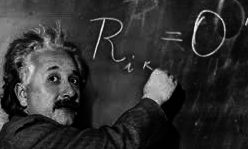In one of my previous articles, you can learn the process about how discoveries are made by research scientists, from stating the problem, exploratory analysis, testing, simulations, data science guesswork, all the way to the discovery of a new theory and state-of-the-art statistical modeling,including new, fundamental mathematical/statistical equations.
This is a unique occasion to discover the creative path followed by inventors. Traditional research papers do not explain how a new paradigm was found, instead they focus on showing that the author’s methodology is sound, original, and leads to useful results. My article fills the gap, and even though much of the material is accessible to non-experts, it also features deep results accessible to graduate students and professional PhD statisticians. If you work on a PhD thesis or in research (Academia or research laboratories from government and companies such as Microsoft, Google, Facebook, Intel or IBM) this article provides insights on how the brain works to come up with a discovery in analytical fields. Each researcher obviously has her own approach to creativity, so I do not claim that this is the only path to innovation. Here I only share my own thought process.
I invite you to read or re-read the article (with major updates added recently), especially section 3. It is posted here, and as in all research articles, it features a number of open questions and challenges, that you might want to solve. Interestingly, it started as a little mathematical problem.
DSC Resources
- Services: Hire a Data Scientist | Search DSC | Classifieds | Find a Job
- Contributors: Post a Blog | Ask a Question
- Follow us: @DataScienceCtrl | @AnalyticBridge
Popular Articles

